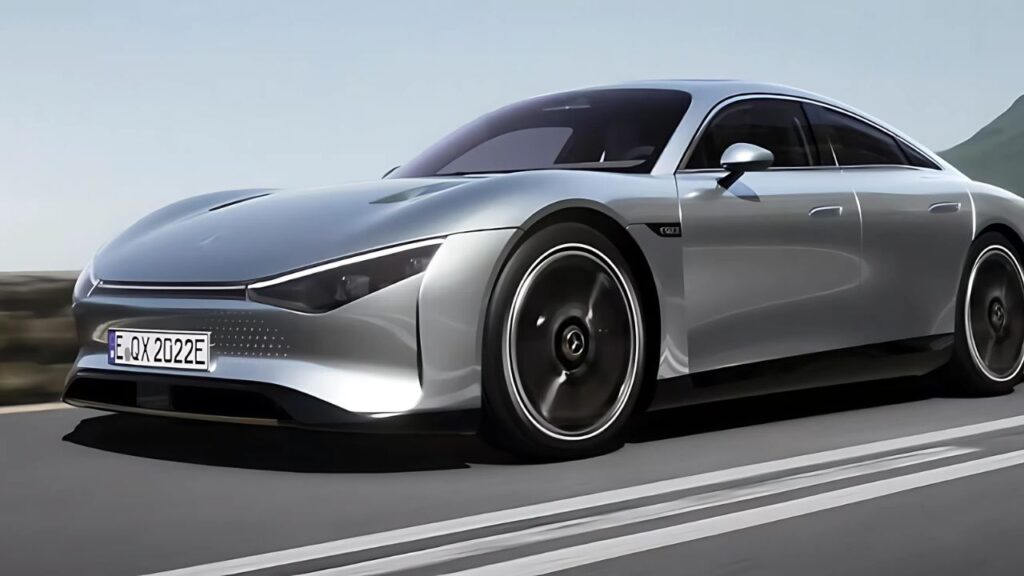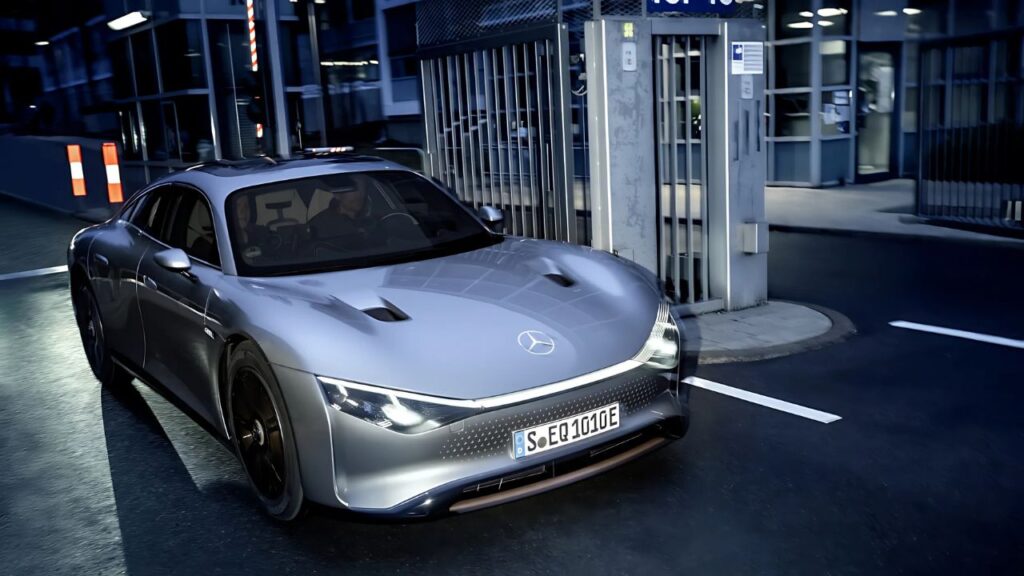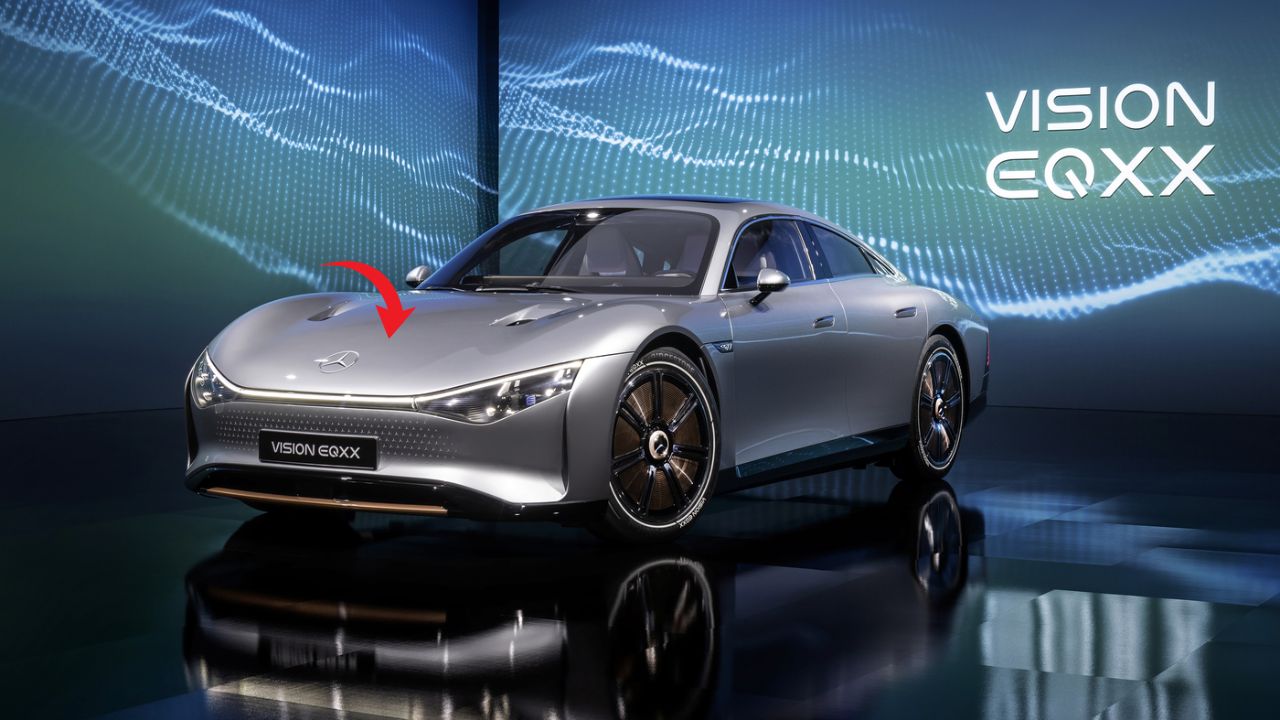Australia’s electric vehicle market has achieved a significant milestone with EVs accounting for 10% of total new vehicle sales. This figure represents a dramatic increase from less than 2% just three years ago.
The achievement signals growing consumer acceptance of electric mobility solutions. Infrastructure development and government incentives have contributed to this remarkable growth trajectory.

Breaking Down the 10% Achievement
The 10% figure encompasses both fully electric and plug-in hybrid vehicles across all market segments. Pure battery electric vehicles represent approximately 7% with plug-in hybrids accounting for the remaining 3%.
Monthly sales data shows consistent growth throughout the year with some months exceeding 12% market share. The trend indicates sustained momentum rather than temporary promotional effects.
Vehicle Category Performance
Electric SUVs dominate EV sales accounting for roughly 60% of electric vehicle registrations. Consumer preference for larger vehicles extends into the electric market segment.
Electric passenger cars represent about 30% of EV sales with premium sedans performing particularly well. Tesla Model 3 and Model S lead this category consistently.
Electric commercial vehicles including vans and small trucks account for approximately 10% of EV sales. Business adoption drives this growing segment forward steadily.
Luxury electric vehicles show the strongest per-model sales performance reflecting early adopter demographics. Premium pricing hasn’t deterred affluent buyers from electric adoption.
Geographic Distribution Patterns
New South Wales leads electric vehicle adoption with Sydney metropolitan area driving state numbers. Urban infrastructure development supports higher adoption rates.
Victoria follows closely with Melbourne’s progressive policies encouraging electric vehicle ownership. State government incentives influence regional adoption patterns significantly.
Queensland shows strong growth particularly in Brisbane and Gold Coast regions. Tourist infrastructure development includes charging station installations.
Western Australia and South Australia demonstrate growing but smaller electric vehicle markets. Distance and infrastructure challenges affect adoption rates in these states.
Factors Driving Electric Vehicle Adoption
Declining battery costs have made electric vehicles increasingly price-competitive with conventional alternatives. Technology improvements reduce the total cost of ownership significantly.
Government incentives including rebates and tax benefits encourage electric vehicle purchases across multiple states. Financial support reduces the initial purchase price barrier.
Economic Incentives and Cost Considerations
Federal and state government rebates can reduce electric vehicle prices by several thousand dollars. These incentives particularly benefit middle-income buyers considering electric options.
Electricity costs for vehicle charging remain significantly lower than petrol or diesel fuel expenses. Operating cost advantages become apparent quickly after purchase.
Maintenance requirements for electric vehicles are substantially lower than conventional vehicle alternatives. Fewer moving parts reduce service needs and associated costs.
Company car and novated lease arrangements favor electric vehicles through fringe benefits tax advantages. Business applications provide additional economic incentives.
Infrastructure Development Progress
Charging station networks have expanded rapidly across major highways and urban centers. Range anxiety concerns diminish as charging accessibility improves consistently.
Fast charging technology reduces charging times making electric vehicles more practical for long-distance travel. Technology advancement addresses key adoption barriers effectively.
Home charging installation costs have decreased while government rebates often cover installation expenses. Convenient home charging eliminates daily fueling concerns.
Workplace charging programs enable daytime battery top-ups extending vehicle range capabilities. Employer support accelerates employee electric vehicle adoption.
Consumer Demographics and Preferences
Early electric vehicle adopters typically demonstrate higher incomes and education levels than average car buyers. Tech-savvy consumers embrace new automotive technologies more readily.
Environmental consciousness motivates many electric vehicle purchases beyond economic considerations alone. Climate change awareness influences vehicle selection decisions increasingly.
Age and Income Profile Analysis
Buyers aged 35-55 represent the largest electric vehicle customer demographic currently. This group balances environmental concern with purchasing power effectively.
Household incomes above $100,000 annually dominate electric vehicle sales statistics. Higher incomes enable premium pricing acceptance during market development phases.
Urban professionals working in technology, finance, and education sectors show disproportionate electric vehicle adoption rates. Professional demographics align with early adopter characteristics.
Retirees with environmental concerns and adequate finances represent a growing electric vehicle buyer segment. Fixed incomes benefit from lower operating costs over time.
Technology and Feature Expectations
Electric vehicle buyers expect advanced technology integration exceeding conventional vehicle standards. Sophisticated infotainment and connectivity features become standard expectations.
Autonomous driving capabilities attract tech-enthusiast buyers to electric vehicle brands particularly. Advanced driver assistance systems appeal to safety-conscious consumers.
Over-the-air software updates provide ongoing feature improvements that conventional vehicles cannot match. Continuous improvement capabilities enhance long-term value propositions.
Smartphone integration and app-based vehicle control features align with digital lifestyle preferences. Remote climate control and charging monitoring become valued conveniences.
Brand Performance and Market Competition
Tesla maintains market leadership in Australia’s electric vehicle segment with approximately 40% market share. The American brand’s early market entry advantages persist despite increasing competition.
BYD has emerged as a strong competitor offering value-oriented electric vehicles across multiple segments. Chinese manufacturing enables competitive pricing strategies.
Premium Brand Performance
Mercedes-EQS and BMW iX models attract luxury buyers seeking electric alternatives to traditional premium vehicles. German engineering reputation translates to electric vehicle segments.
Audi e-tron and Jaguar I-PACE provide additional premium options for affluent buyers. European luxury brands adapt existing customer bases to electric alternatives.
Porsche Taycan demonstrates that electric vehicles can deliver sports car performance characteristics. High-performance electric vehicles attract driving enthusiasts successfully.
Genesis and other emerging luxury brands use electric vehicles to establish market presence. Electric powertrains enable new brand positioning opportunities.
Mass Market Brand Adoption
Hyundai and Kia have gained significant electric vehicle market share through competitive pricing and practical designs. Korean manufacturers balance affordability with technology features.
Nissan’s Leaf pioneered mass-market electric vehicle adoption though newer competitors have gained market share. First-mover advantages diminish as competition intensifies.
Volkswagen Group’s ID series provides European alternatives to Asian and American electric vehicles. Traditional manufacturers leverage existing dealer networks effectively.
MG offers budget-conscious buyers electric vehicle options at attractive price points. Value positioning attracts first-time electric vehicle buyers successfully.
Charging Infrastructure Development
Public charging networks have expanded from fewer than 1,000 stations to over 5,000 locations nationwide. Infrastructure growth enables broader electric vehicle adoption across regions.
Fast charging corridors along major highways connect major cities reducing range anxiety concerns. Interstate travel becomes practical for electric vehicle owners.
Charging Technology Evolution
Ultra-fast charging stations reduce charging times to less than 30 minutes for most vehicles. Technology advancement addresses key consumer concerns about convenience.
Wireless charging technology trials begin appearing in selected locations offering enhanced convenience. Future charging methods may eliminate physical cable connections entirely.
Vehicle-to-grid technology enables electric vehicles to supply power back to electrical networks. This capability provides additional value propositions for electric vehicle ownership.
Smart charging systems optimize electricity usage during off-peak periods reducing grid strain. Intelligent charging reduces operational costs for vehicle owners.
Regional Infrastructure Challenges
Rural and regional areas still lack comprehensive charging infrastructure limiting electric vehicle adoption. Distance between charging stations exceeds many vehicle ranges.
Mining and agricultural regions require specialized charging solutions for commercial electric vehicle applications. Industrial charging needs differ from consumer requirements significantly.
Tourist destinations increasingly install charging facilities to attract electric vehicle travelers. Hospitality businesses recognize electric vehicle owners as valuable customers.
Apartment and high-density housing charging solutions remain challenging for urban electric vehicle adoption. Strata regulations and electrical infrastructure limit installation options.
Government Policy Impact and Support
National Electric Vehicle Strategy provides framework for coordinated electric vehicle adoption across Australia. Federal leadership encourages state-level initiative alignment.
State government policies vary significantly affecting regional electric vehicle adoption rates and market development. Policy inconsistency creates market confusion occasionally.
Incentive Programs and Effectiveness
Purchase rebates directly reduce electric vehicle acquisition costs making them more accessible to middle-income buyers. Financial incentives demonstrate immediate effectiveness.
Registration fee waivers and reduced stamp duty provide ongoing cost advantages for electric vehicle owners. Reduced ongoing costs improve long-term value propositions.
Free or reduced-cost parking in urban areas provides daily convenience benefits. Operational advantages complement financial incentives effectively.
Bus lane access for electric vehicles reduces commute times in congested urban areas. Time savings provide practical benefits beyond environmental considerations.
Regulatory Framework Development
Vehicle emission standards development may eventually require electric vehicle options from all manufacturers. Regulatory pressure could accelerate market transformation significantly.
Building codes increasingly require electric vehicle charging capabilities in new construction projects. Infrastructure requirements support long-term market development.
Electrical grid regulations adapt to accommodate increased electric vehicle charging demand. Utility planning includes electric vehicle load projections.
Safety regulations for electric vehicles ensure consistent standards across imported and locally assembled models. Consumer protection requires appropriate regulatory oversight.
Environmental Impact and Benefits
Electric vehicles produce zero direct emissions improving local air quality in urban areas. Health benefits from reduced pollution provide additional social value.
Lifecycle emission analysis shows significant advantages for electric vehicles when powered by renewable electricity. Grid decarbonization enhances electric vehicle environmental benefits.
Grid Integration and Renewable Energy
Solar and wind power generation align well with electric vehicle charging patterns potentially. Renewable energy integration maximizes environmental benefits significantly.
Time-of-use electricity pricing encourages off-peak charging reducing grid strain during high-demand periods. Smart charging optimizes renewable energy utilization.
Battery storage capabilities in electric vehicles could support grid stability during peak demand periods. Vehicle-to-grid technology provides mutual benefits.
Distributed energy resources including rooftop solar complement electric vehicle adoption effectively. Home energy systems integrate with vehicle charging seamlessly.
Emission Reduction Calculations
Transport sector emissions could reduce by 15-20% if electric vehicle adoption reaches 50% market share. Significant environmental benefits justify policy support.
Urban air quality improvements from electric vehicle adoption benefit public health substantially. Particulate emission reductions provide immediate health benefits.
Carbon footprint calculations favor electric vehicles even when grid electricity includes fossil fuel sources. Efficiency advantages overcome generation emission concerns.
Manufacturing emissions for electric vehicles are higher initially but operational advantages compensate quickly. Lifecycle analysis strongly favors electric vehicle adoption.
Challenges and Barriers to Growth
Initial purchase prices for electric vehicles remain higher than comparable conventional vehicles. Price parity represents a critical milestone for mass market adoption.
Charging infrastructure gaps in regional areas limit electric vehicle adoption outside major cities. Rural coverage remains inadequate for confident long-distance travel.
Technical and Practical Limitations
Battery degradation concerns affect consumer confidence in electric vehicle longevity and resale values. Battery warranty programs address these concerns partially.
Cold weather performance reductions affect electric vehicle range during winter months. Climate impacts require consumer education and realistic expectations.
Towing capacity limitations restrict electric vehicle suitability for some Australian applications. Recreational vehicle towing remains challenging for current electric models.
Apartment dwelling residents face charging access challenges that owner-occupiers don’t experience. Housing types affect electric vehicle adoption feasibility significantly.
Market Development Requirements
Service technician training for electric vehicles requires significant industry investment in education programs. Specialized knowledge becomes essential for market support.
Parts availability and repair costs for electric vehicles remain higher than conventional alternatives. Service network development lags behind sales growth currently.
Insurance costs for electric vehicles can exceed conventional vehicle premiums due to repair complexities. Risk assessment adapts slowly to new technology requirements.
Consumer education about electric vehicle capabilities and limitations remains necessary for broader adoption. Misconceptions limit market growth potential significantly.
Future Growth Projections and Trends
Industry analysts project electric vehicle market share could reach 30% by 2030 based on current growth trajectories. Exponential growth patterns suggest rapid transformation ahead.
Battery technology improvements will continue reducing costs while improving performance characteristics annually. Technology advancement accelerates market adoption naturally.
Technology Development Impact

Solid-state battery technology promises improved energy density and faster charging capabilities. Next-generation batteries could eliminate remaining adoption barriers.
Autonomous driving capabilities may favor electric vehicle platforms due to electrical system sophistication. Self-driving technology could accelerate electric adoption.
Vehicle-as-a-service models may prefer electric vehicles for operational cost advantages. Subscription and sharing services favor electric powertrains economically.
Wireless charging infrastructure could eliminate range anxiety and charging inconvenience entirely. Seamless charging technology represents ultimate consumer convenience.
Market Transformation Scenarios
Rapid adoption scenarios suggest electric vehicles could dominate new car sales within a decade. Exponential growth curves indicate potential market transformation speed.
Conservative projections still show substantial electric vehicle market growth driven by policy and technology advancement. Even cautious forecasts predict significant change.
Hybrid vehicles may serve as transitional technology before full electric adoption becomes universal. Bridge technology eases consumer adaptation to electrification.
Commercial vehicle electrification could accelerate due to operational cost advantages and emission regulations. Fleet adoption influences individual consumer acceptance.
Australia’s achievement of 10% electric vehicle market share represents a significant milestone in sustainable transportation adoption. The figure demonstrates growing consumer acceptance and infrastructure development success.
Multiple factors contribute to this achievement including government incentives, infrastructure development, and improving vehicle technology. Coordinated efforts across sectors enable market transformation.
Future growth appears sustainable based on current trends and continued technology improvement. The 10% milestone likely represents early stages of broader market transformation.
Continued policy support and infrastructure investment will determine the pace of future electric vehicle adoption. Australia is positioned for continued electric vehicle market growth.
FAQs
Q: What percentage of Australia’s car sales are now electric vehicles?
Electric vehicles account for 10% of Australia’s new vehicle sales, including both fully electric and plug-in hybrid models.
Q: Which states lead in electric vehicle adoption rates?
New South Wales and Victoria lead adoption, with Sydney and Melbourne metropolitan areas driving state numbers.
Q: What factors drive Australian electric vehicle adoption?
Government incentives, improving charging infrastructure, declining costs, and environmental consciousness drive electric vehicle growth.
Also Read: Isuzu D-Max Blade Revealed as New Hero Model in Australia

